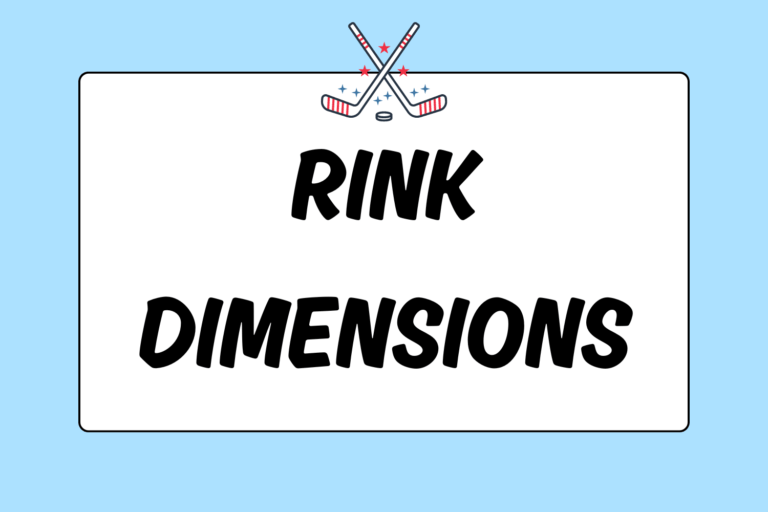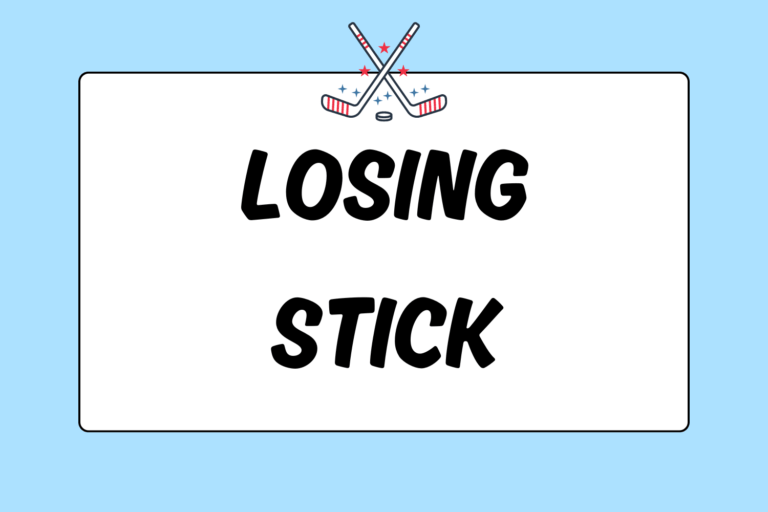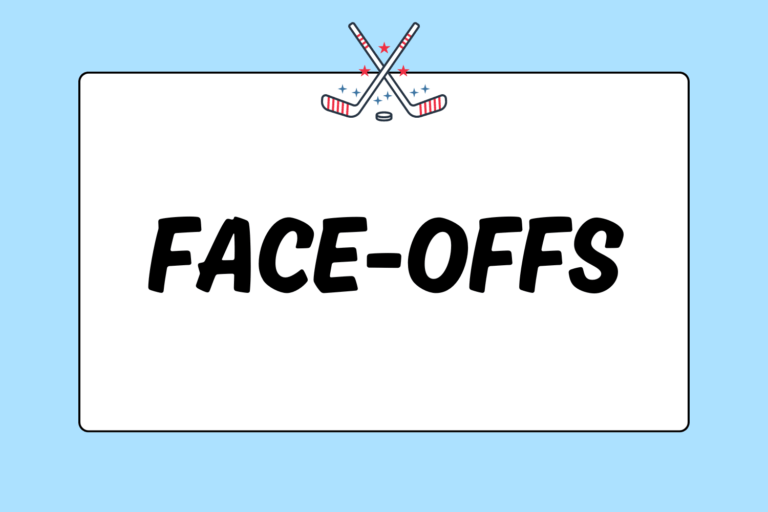While no longer one of the most dangerous positions in sports like it was before the advent of proper safety equipment, playing ice hockey goalie still doesn’t come without bumps and bruises. Pucks will sneak through your padding and players will crash into you. On top of the physical toll of the position, you also become the last line of defense for your team; the whole game rests on your shoulders.
Tending the net is one of the loneliest and most isolated jobs in any sport, but the upside is that you get a chance to be the hero in every game. Most goalies will find the game to have plenty of highs and lows. Luckily, there are some easy things a beginner goalie can do to minimize the lows before they ever have to make a save.
Follow the Play
Pay attention! Clearly, when the other team has the puck down by your net, you’re going to be alert … but that’s not enough. Ice hockey is one of the fastest sports on earth, and turnovers are common. The action can (and will) shift from the other end of the ice right to your doorstep in just a moment. So save yourself some embarrassment and follow the puck at all times.
Square One
One of the most important things to remember while goaltending is to stay square with the puck at all times. Your hips and shoulders should be directly facing the puck at all times. This ensures that you’re covering up as much of the net as possible. A good way to get a visual understanding of this is by holding your hand out flat in front of you. If you look right at your palm, your hand appears larger than if you tilt it to the side. You want to do the same with your body when you’re in net: Make it look as big as possible to shooter.
Never Fear
Stay focused and don’t let the idea of a hard shot shake you. If you’re wearing a full set of equipment (and you always should), you’ll be safe. Know that you’re protected from the puck. That’s what you’re wearing all that gear for, after all. Accepting this fact will prevent you from flinching or blinking and letting in a goal. Remember that hockey is a physical game. If your teammates are out there absorbing body checks without fear, certainly you can’t let yourself get scared of that little puck.
Amazingly True Story
On November 1st, 1959, the National Hockey League’s New York Rangers were hosting the Montreal Canadiens at Madison Square Garden. Canadiens goaltender Jacques Plante tripped Rangers center Andy Bathgate as he skated across the crease. Unhappy about the exchange, Bathgate decided to aim his next shot right at Plante’s face. Nowadays, this wouldn’t be a big deal. Back in 1959, though, goalies didn’t wear masks during games (just in practice).
The shot broke and bloodied Plante’s nose. His team had no backup goalie. Jacques told his coach he would return to the game, but only if he could wear his practice mask. Plante wore a mask for the rest of his playing career, and eventually every goalie followed suit. So next time you take a shot off the facemask, offer a silent thanks to Jacques Plante.
The Ready Position
A common misconception about goaltending is that the acrobatic saves are the best saves. This is mostly false. Amazing, acrobatic saves are usually an indicator that a goalie was out of position or unready for a shot. While sprawling saves have their time and place (against rebounds and turnovers mostly), the best goalies get through games mostly just making mundane saves. There’s no reason a goalie should be flying around the crease to make routine stops. A good ready position is often the key to making saves look easy. Sure, every goalie’s ready stance will vary based on their style, but certain things are universal:
- Knees bent: Remember, the goal is only four feet high. Getting a little lower will help you cover more of the net.
- Skates apart: Slightly more than shoulder width, but don’t angle them too much to hinder your skating ability. Whether your pads touch at the top is largely a point of personal style.
- Watch your weight: Place your weight on the balls of your feet. This way, if you need to move and react, you’re ready to do so.
- Heads up: Keep your eyes on the play and stay alert.
- Stay compact: Keep your elbows against your torso. This closes off the area between your arms and body.
- Glove hand up: It won’t do you any good down by your side. Make sure the open part of the glove is facing out.
- Stick on the ice: This is one of the most important things a goalie must remember! The bottom of your stick blade should rest flat along the ice.
Upper & Lower Body
A good habit to get into from the very beginning of your goaltending career is to think of your upper body and lower body as being separate from each other. When you’re skating around in the crease, all your movement should be created by your legs and lower body. Skating with just your legs allows your upper body to constantly be squared with the puck and blocking most of the net. If you’re moving your upper body while you skate, you’re likely creating new holes for potential shots to get through.
Play to the Whistle
Just because you think there is an offside, icing, or penalty doesn’t always mean there is. Until the ref signals that the play as dead, the puck is just as dangerous as ever. The opposing team is going to play until the whistle, so you have to, as well. If a puck is loose in front of the net, do everything you can to cover it up. Get your glove on it, sit on it, lay on it … whatever. Cover that puck and play ‘til the whistle!
Work, Work, Work
The game of hockey revolves around the nets, and every goal scored is potentially the game-winning (or game-losing) goal. Your teammates need to know that they can trust you, because ultimately, every game comes down to your play. Never give up on plays. Recover to your ready position quickly.
At practice, try to be the first person on the ice and the last person off. Use whatever ice time you can to let skaters take practice shots on you. Watch hockey on TV and read guides. Do everything you can to learn about the game of hockey and the goalie position. Your work ethic between games is often as important (if not more) than your work ethic during the games themselves.





